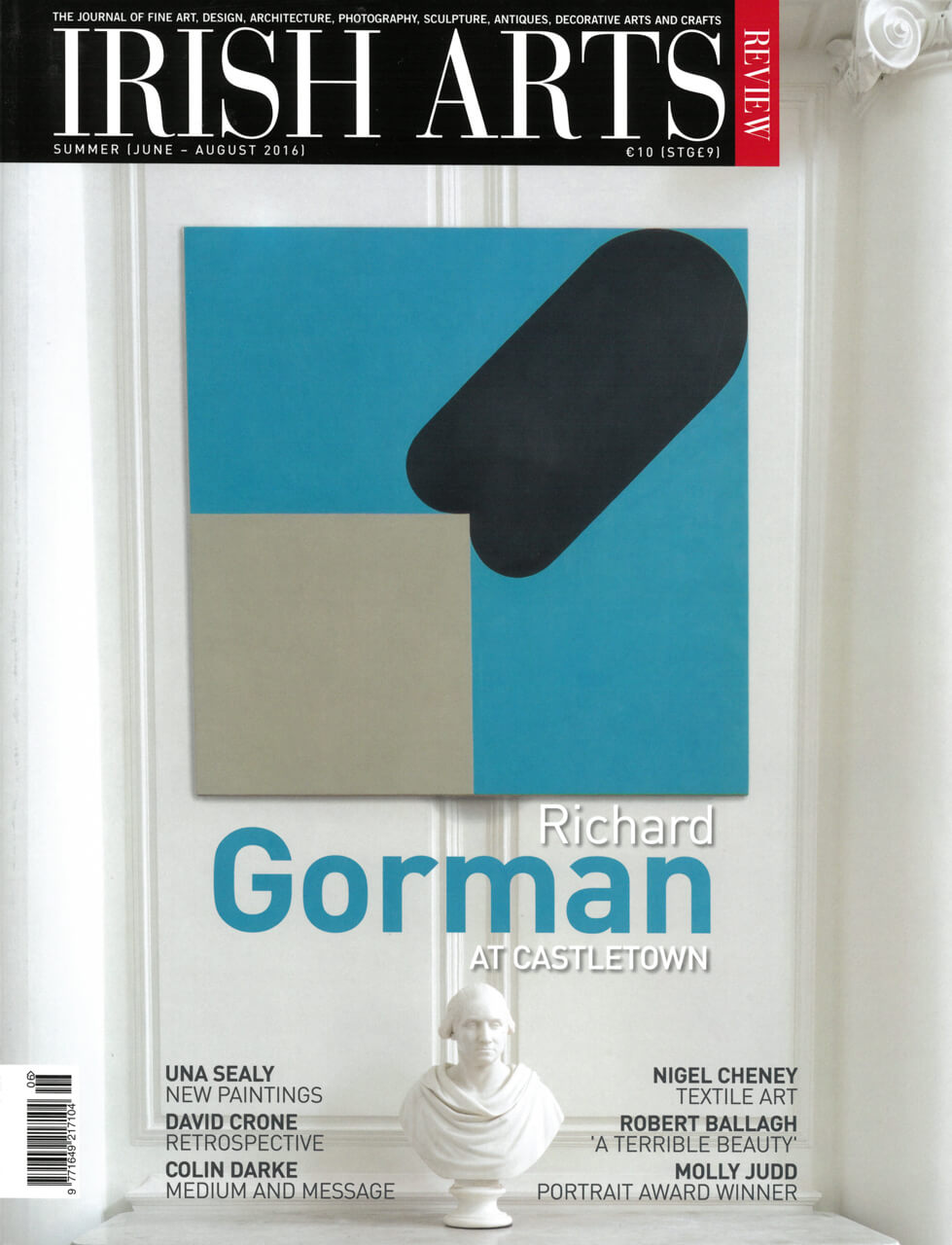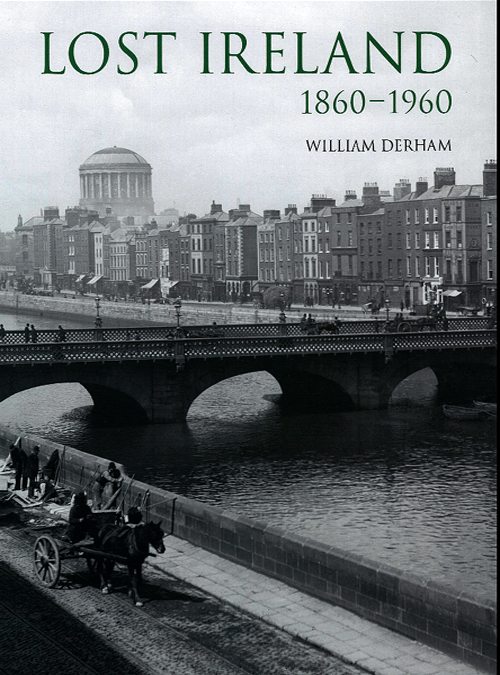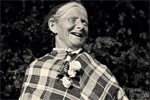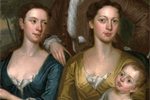

WILLIAM DERHAM
Hyde Park Editions, 2016
pp 500, over 500 photographs h/b
€49.95 ISBN: 9780993068584
Kevin V. Mulligan
Picture books reproducing historic photographs have a universal and enduring appeal that is evident in the space devoted to them on the shelves of book stores and tourist shops. The visual strength of the material and commercial intention of publishers usually leaves little scope for serious commentary or evaluation so that often the images must speak for themselves, as perhaps they should if nothing meaningful can be said about them; indeed part of the appeal of these books is that the reader can be left free to explore, with fascination, these ghosts of the foregone even if there is always a risk that our perceptions of the past will be vulnerable to nostalgia. Although it is thirty-five years since Freddie O’Dwyer’s ‘Lost Dublin’ was published it has stood the test of time (though long out of print) because it is still valued as much for its text as for any of the images it reproduces – proof that a perfect combination of text and images can be achieved in picture books. while ‘Lost Ireland’ represents a broader and more ambitious endeavor, produced in the same format as ‘Lost London’ – offering a carefully selected range of items that encapsulate the architectural and social histories of diverse places – it does not offer the same rigorous approach in its textual analysis that its selection of images to properly deserves.
The introductory essay deals in ‘broad strokes’ to satisfy only the inexpert and ‘curious’. The result is a poorly-structured text that even still is just too simplistic in tone. The narrative improves when discussing the events that lead up to the foundation of the State – which as ever, even in this commemorative year, seems a disproportionate treatment given that more than a millennia of relevant history exists within the scope of the many views chosen within. In dealing with the architectural history and building typologies, the text completely flounders, setting everything within three curious headings – ‘The Domestic’ (including a bewildering discussion of vernacular buildings), ‘Town’, and ‘Community’, supplying only a few scant references to the photographic material, which really represents something of a missed opportunity, as does the final section, where despite the heading – ‘Going Forward’ (a term certain to make the reader wince) – contains just a few platitudes about the importance of preserving old buildings. More direct involvement from the institutions whose images are used might avoided these weaknesses and certainly would have lent the book greater authority (as with the London volume, produced under the aegis of English heritage).
The chosen historic images span a century from 1860 with the greater portion of photographs derived from the resources of the Irish Architectural Archive, followed by the National Library. some are already widely familiar but a great many have not previously been published, and it is obvious that there has been a conscious effort to select and disperse these across the book, so that is the rarity – offering treats like Farmly, Longford Castle, and the interior of Monaghan Cathedral and Green Street in Wexford (its row of neat thatched cottages with as much appeal and charm as a picture postcard of an English village) that is one of the main qualities of the book, though it was a mistake not to date the photographs, where known. In its arrangement, it is divided into four main chapters based on each of the provinces, beginning with Leinster, with the photographs in each section arranged alphabetically by county, and an attempt to group images thematically using headings such as ‘rural comforts’ and ‘municipal delights’ but with ‘waterside opportunities’ this has clearly been a difficult thing to sustain successfully over almost 400 pages. The quality of the reproductions on the whole is very good and even when less than perfect ends to enhance the sense of the atmosphere of the scene; and give the sense of time as a fragile thing, as conveyed in an evocative view of the entrance hall of Bowen’s Court, its interior captured in the transient streams of the summer sun. Overall there is a fair reflection of Ireland in all its parts and it would be worth buying this book alone for the image of the early-Georgian chimneypiece of Dublin’s Weavers’ Hall, shown forlorn amid the building’s dereliction.
Kevin V. Mulligan is co-author with William Laffan of ‘Russborough, A Great Irish House, its Families and Collections’ (2014).



